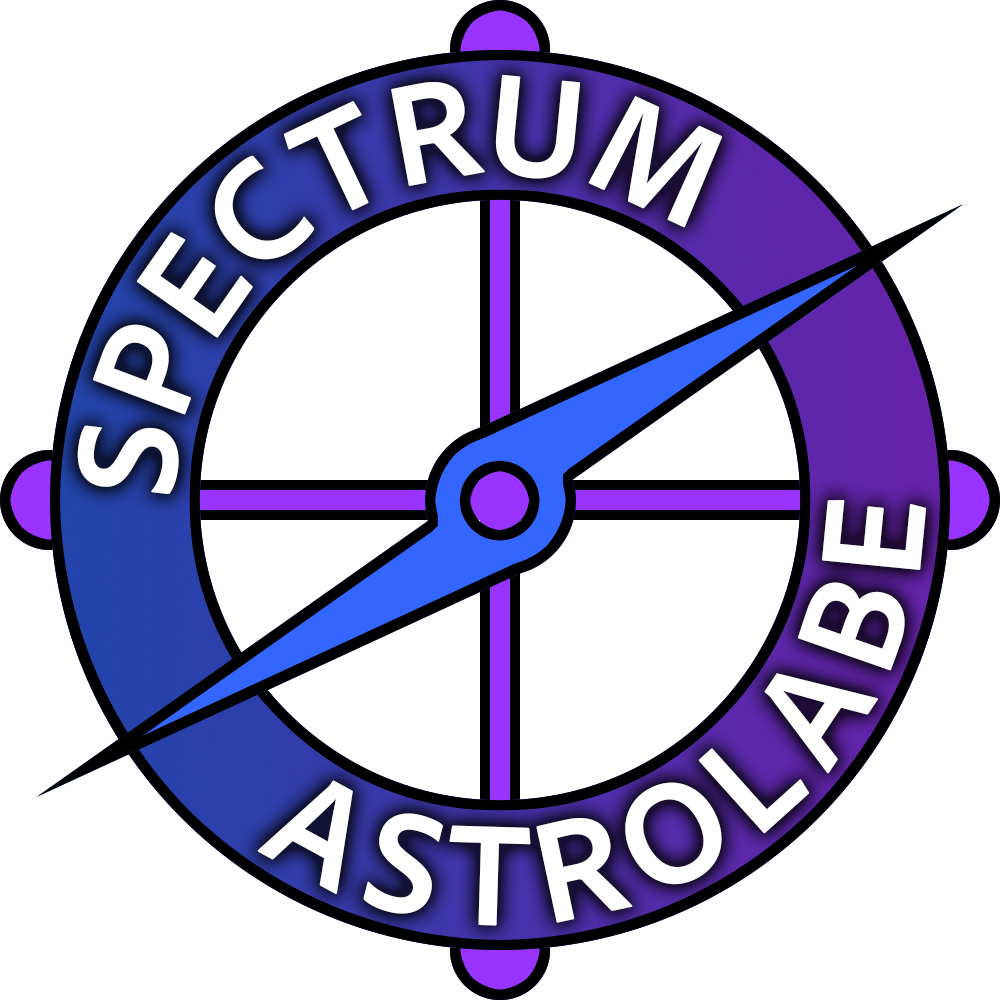Walk into a typical classroom today and you might spot noise-canceling headphones on desks, visual schedules on the walls, and open conversations about “brain differences” among students and teachers alike. This isn’t just window dressing. As we move into the 2025 2026 school year, a wave of neurodiversity-affirming policies and practices is making classrooms more inclusive and, when done well, more empowering for everyone.
From Deficits to Strengths
The shift is about more than just new tools or checklists. Amanda Morin, co-author of Neurodiversity-Affirming Schools, observes that, “Neurodiversity is all of us, all of our brains. The whole world is neurodiverse. When we set up our schools in a way that makes room for many variations, everyone benefits.” Her colleague, Emily Kircher-Morris, adds, “So many neurodivergent learners may never qualify for an individualized education plan because the criteria are still very rigid. Regardless, all those students are in our classrooms, and they have different needs.” Both quotes come from a 2025 Cult of Pedagogy interview, which has rapidly become influential among educators looking for real change.
New classroom design isn’t just about sensory tools. Universal Design for Learning (UDL) is finally being woven into the fabric of curriculum and policy. That means instruction, assessment, and classroom culture are built with flexibility up front. Students are offered multiple ways to show learning and to self-advocate for what they need, not forced to fit into a single mold.
Policies with Impact and Pitfalls
This past year, dozens of school districts have adopted new “neurodiversity policies.” These reforms mandate teacher training in strengths-based practices, create space for student self-advocacy, and push schools to update IEPs and 504 plans to focus on agency rather than mere compliance.
Of course, change on paper doesn’t always translate into real improvement. Christine Smith Olsey’s struggle in Denver, as reported by Spectrum Astrolabe, underscores ongoing barriers. Her son, who is autistic, dyslexic, and has ADHD, was left in limbo when her charter school and the Department of Education stalled in acting on his support needs, right as new policy rollouts were making headlines. “The delay affected my son’s educational progress,” Smith Olsey said. “We need more than promises we need follow-through.”
What Can Parents Do?
If you’re advocating for a neurodivergent child this year, you’re not alone and there’s practical hope. Dr. Whitney Casares, pediatrician and author, stresses that “Advocacy is essential because neurodivergent kids often need specific accommodations or supports to reach their full potential. Without an advocate, these needs may go unnoticed, and children can struggle unnecessarily.” She recommends starting with a collaborative tone: share what’s working at home, ask teachers how they can build on your child’s strengths, and ensure all accommodations are documented clearly in an IEP or 504 plan.
Tips for working with teachers:
- Tell your child’s story (what works, what doesn’t) and ask for the teacher’s perspective.
- Request flexible assessment options and regular communication.
- Bring your child’s voice into meetings when possible; self-advocacy often opens doors.
- Don’t be afraid to push for ideas like movement breaks, quiet spaces, or visual schedules they’re becoming best practice, not exceptions.
Example in Action
In one suburban California district, a group of parents collaborated with administrators after noticing increased student stress around standardized assessments. By documenting how visual timers and silent “brain breaks” helped their children at home, the parents convinced the school to add these supports district-wide. Within a semester, not only did their own kids’ test anxiety drop, but several neurotypical students reported feeling more relaxed and focused as well.
Where Next?
While no system is perfect, the changes happening now in education reflect a deeper societal recognition: neurodiversity is normal, valuable, and deserving of real support. As Scott Sonnon, noted coach and dyslexia advocate, put it, “I didn’t succeed despite my dyslexia, but because of it. It wasn’t my deficit, but my advantage.” Students, parents, and teachers working together, listening, adapting, advocating, are turning that philosophy into reality for a new generation.
Sources
- Casares, W. (2024, October 31). Advocating for your neurodivergent child: Tools and strategies every parent needs. Modern Mommy Doc. https://www.modernmommydoc.com/advocating-for-your-neurodivergent-child-tools-and-strategies-every-parent-needs
- Child Mind Institute. (2025, June 5). How schools can support neurodiverse students. https://childmind.org/article/how-schools-can-support-neurodiverse-students/
- Cult of Pedagogy. (2025, March 18). Small changes to make your classroom more neurodiversity-affirming. https://www.cultofpedagogy.com/neurodiversity-affirming/
- Frontiers in Psychology. (2023, February 16). Compassionate pedagogy for neurodiversity in higher education: A conceptual analysis. https://www.frontiersin.org/articles/10.3389/fpsyg.2023.1093290/pdf
- Kircher-Morris, E., & Morin, A. (2025, January 21). Creating neurodiversity-affirming schools [Podcast]. Tilt Parenting. https://tiltparenting.com/2025/01/21/episode-424-creating-neurodiversity-affirming-schools-with-amanda-morin-emily-kircher-morris/
- Olsey, C. S. (2025, February 22). Mother seeks support for son with autism as education department case stalls. Spectrum Astrolabe. https://www.spectrumastrolabe.org/2025/02/22/mother-seeks-support-for-son-with-autism-as-education-department-case-stalls/
- Social Impact Guide. (2023, July 28). 14 insightful quotes about neurodiversity. https://socialimpactguide.com/journal/quotes-about-neurodiversity/
- Stanford Neurodiversity Project. (2024, September 30). SNP-REACH 2025. https://med.stanford.edu/neurodiversity/SNP-REACH2025.html
- Spectrum Astrolabe. (2025, July 18). Spectrum snapshot: July 12-18, 2025. https://www.spectrumastrolabe.org/2025/07/18/spectrum-snapshot-july-12-18-2025/
- EdWeek. (2024, October 18). A guide to bringing neurodiverse learners into the fold. https://www.edweek.org/teaching-learning/a-guide-to-bringing-neurodiverse-learners-into-the-fold/2024/10









